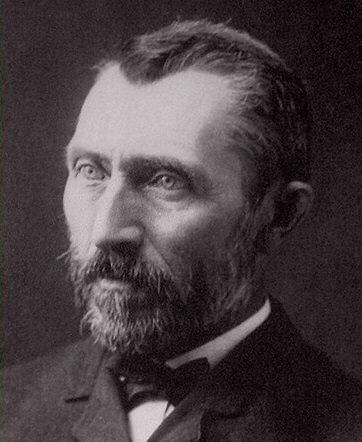
Cypresses
Painted in late June 1889, not long after Vincent van Gogh began his self-imposed stay at the asylum in Saint-Rémy-de-Provence, Cypresses stands as one of the artist’s most powerful explorations of the natural world’s expressive potential. Van Gogh was deeply drawn to the towering cypress trees of the Provençal landscape, calling them “beautiful as regards lines and proportions, like an Egyptian obelisk.” To him, these trees were not just botanical features—they were monumental presences, reaching upward with a kind of spiritual intensity.
This painting is one of two close-up vertical compositions of the “very tall and massive” cypresses, the other now housed in the Kröller-Müller Museum in Otterlo. Here, Van Gogh renders the trees with sweeping, impassioned brushstrokes, their dense, flame-like foliage twisting against a sunlit sky and surrounded by flowering undergrowth. The composition is at once grounded and dynamic, capturing the contrast Van Gogh so admired: the “dark patch in a sun-drenched landscape.” He considered this interplay of light and shadow to be one of the most challenging effects to capture, and he approached it not with restraint, but with an almost musical rhythm of form and color.
The cypress, long associated with mourning and the eternal in Mediterranean culture, takes on a rich symbolism in Van Gogh’s hands—part monument, part emotional cipher. It dominates the scene with both visual and psychological gravity, anchoring the composition even as the sky and landscape swirl with motion. Though painted during a time of personal instability, the work exudes a sense of intensity and clarity—a declaration of Van Gogh’s deep engagement with the natural world and his belief in its power to mirror human feeling.
*Cypresses* was exhibited in the 1890 Salon des Indépendants in Paris, just months before Van Gogh’s death. Its inclusion there reflected both the artist’s increasing recognition and the bold originality of his mature style. More than a botanical study, the painting stands as a testament to Van Gogh’s ability to transform nature into a vivid language of the soul—expressive, enduring, and entirely his own.
Choose options


Cypresses
About Artist

Vincent van Gogh
